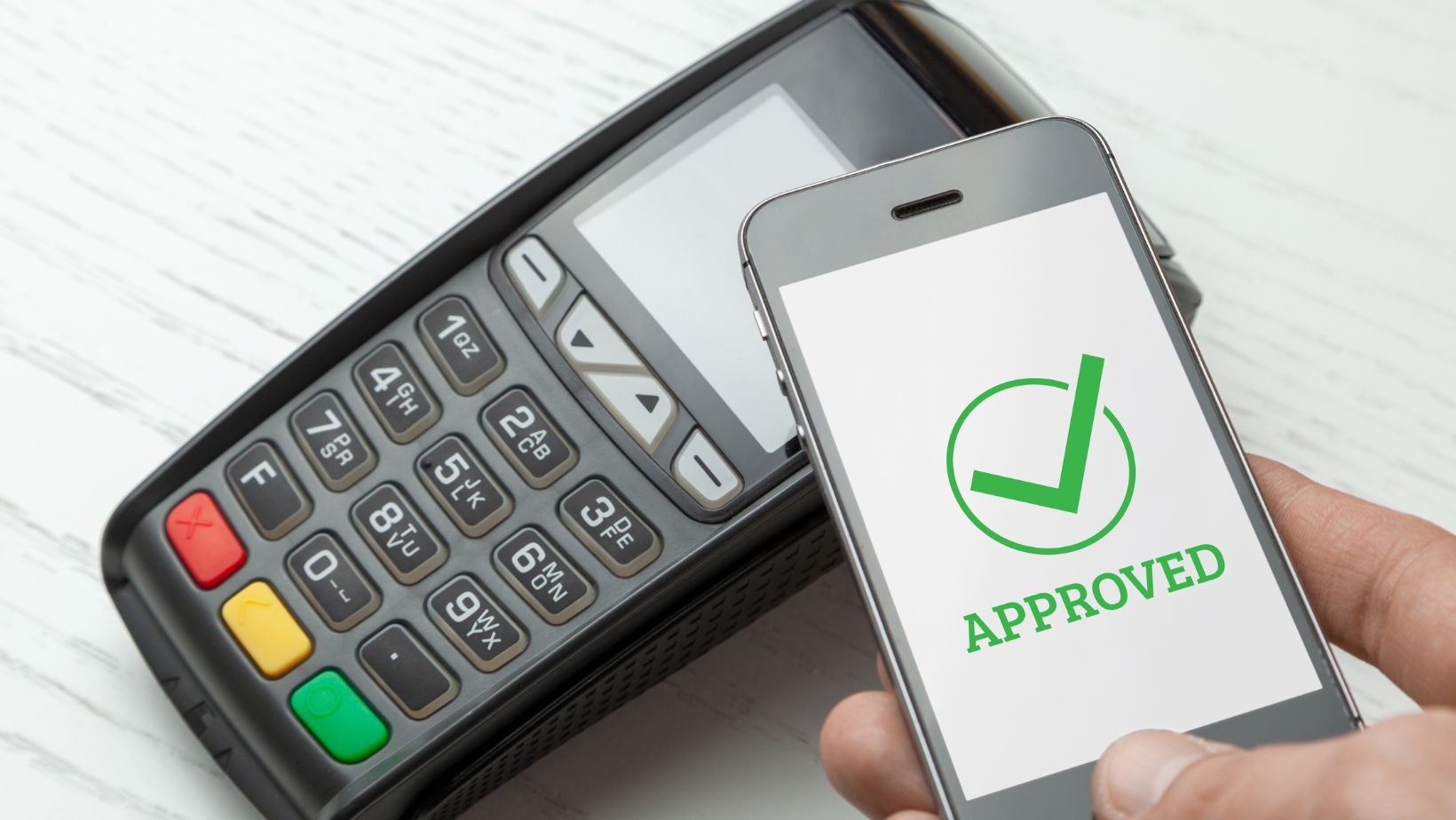The way people pay for goods and services has changed dramatically over the last decade. Gone are the days when carrying a wallet full of cash or swiping a magnetic-strip card were the only options. Today, contactless payments and mobile wallets are leading a financial revolution, making transactions faster, safer, and more convenient than ever before.
Whether tapping your card at a coffee shop, scanning your phone at a grocery store checkout, or sending money to a friend with just a few taps, digital payments are reshaping how we handle everyday financial interactions. Here’s everything you need to know:
The Rise of Contactless Payments
Contactless technology is built on Near Field Communication (NFC), which allows payment devices, like debit cards, smartphones, or smartwatches, to communicate securely with payment terminals when held close together. This eliminates the need to physically insert a card or enter a PIN for smaller transactions, drastically reducing checkout time.
For example, Farmers Bank in Idaho offers contactless debit cards and mobile wallet integrations, enabling customers to tap and pay with confidence. This illustrates how even long-established community banks adopt modern solutions to keep pace with changing consumer behavior.
Why Mobile Wallets Are Becoming Essential
Mobile wallet apps such as Apple Pay, Google Pay, and Samsung Pay go a step further by consolidating payment methods, loyalty cards, and even transit passes into one secure digital hub. Instead of fumbling through a wallet for the right card, users simply hold their phone near the terminal or approve a payment online.
These wallets add a valuable layer of security by using tokenization. Instead of transmitting your card number, they send a randomly generated “token” for each transaction, reducing the risk of fraud or data theft. As a result, consumers enjoy both convenience and peace of mind.
Everyday Benefits for Consumers
Contactless and mobile wallet payments are more than just a flashy new trend; they solve real problems in daily life:
- Speed and convenience: Tapping your phone or card cuts checkout times, which is especially useful in busy urban environments.
- Hygiene and safety: During and after the COVID-19 pandemic, contactless options reduced the need for physical contact with cash or terminals.
- Budget tracking: Mobile wallets often provide spending insights and instant notifications, making it easier to monitor personal finances.
- Versatility: From vending machines to ride-sharing apps, mobile wallets can seamlessly handle in-person and online purchases.
The technology integrates naturally into everyday routines, creating frictionless financial experiences that consumers increasingly expect.
Expanding Use Cases Beyond Retail
The impact of contactless payments goes well beyond paying for coffee or groceries. They are being adopted in diverse areas such as:
- Public transit: Many cities now allow riders to tap their card or phone directly at turnstiles, eliminating the need for paper tickets.
- Healthcare payments: Clinics and pharmacies are offering tap-to-pay to simplify billing.
- Hospitality and travel: Hotels and airlines integrate mobile wallets for faster check-in, upgrades, and boarding.
- Peer-to-Peer transfers: Services like Zelle, Venmo, and PayPal integrate with mobile wallets to allow instant money transfers between friends and family.
As these technologies continue to evolve, they are becoming a universal standard for transactions across multiple industries.
The Green Advantage: A Sustainable Shift
An often overlooked benefit of digital transactions is their contribution to sustainability. With fewer receipts, less reliance on cash, and reduced plastic card usage, mobile wallets and contactless payments support eco-friendly practices.
Some platforms even integrate carbon-footprint tracking, allowing consumers to make greener choices based on their spending habits. As sustainability becomes a higher priority for individuals and businesses alike, the move toward digital payments aligns with broader environmental goals.
Endnote
Contactless payments and mobile wallet payments are not trends; they are paradigm shifts in the way we interact with money. They transform the customer experience, making it faster, more secure, and sustainable in a way that will benefit consumers and businesses. The future of payments is already upon us and is changing daily transactions into a smoother, safer, and smarter experience





